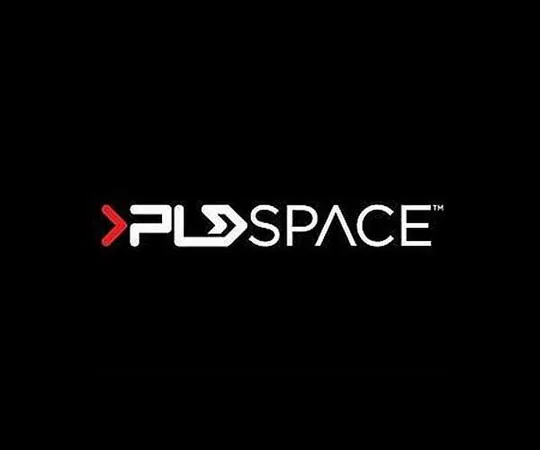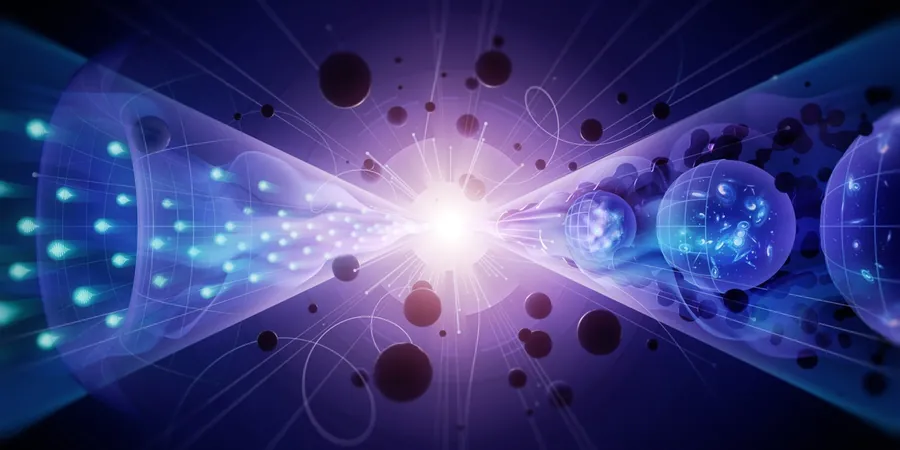
Breakthrough Cancer Treatment: Hypofractionated Proton-Beam Therapy Shows Promising Results for Older Glioblastoma Patients!
2024-11-26
Author: Arjun
Study Insights: Pioneering Treatment Methodology
The clinical trial involved 39 participants, with a median age of 70.2 years, recruited from the Phoenix and Rochester Mayo Clinic locations between May 2019 and May 2021. These patients underwent dose-escalated hypofractionated proton beam therapy, tailored to their tumor volumes. Those with smaller tumors (up to 65 cm³) received 35 to 40-Gy equivalents across 5 sessions, while others with larger tumors (over 65 cm³) underwent 10 treatment sessions. Additionally, all patients received concurrent temozolomide, a chemotherapy agent known for its efficacy against glioblastoma, underscoring the integrated approach to their treatment.
Remarkable Findings: A Ray of Hope
As of January 2024, with a median follow-up period of 25.4 months, the results were striking: 56% of these patients were alive after one year, in stark contrast to historical benchmarks where survival rates hovered around 33%. The median overall survival was recorded at 13.1 months, with significant implications for future treatment protocols.
Moreover, the median progression-free survival rate reached 7.1 months, with one-third of patients remaining progression-free at the 12-month mark. Importantly, there were no severe (grade 4 or 5) treatment-related adverse effects noted, though five patients (13%) experienced grade 3 complications, including central nervous system necrosis and thrombocytopenia, highlighting the treatment’s relative safety.
The Future of Glioblastoma Treatment: A New Study on the Horizon
Based on these encouraging results, the researchers have launched a new phase II study (NCT05781321) to compare this proton-beam regimen to standard treatment options for glioblastoma patients of all ages. This groundbreaking research reflects a pivotal shift in treating glioblastoma, particularly for older patients who historically have had limited options and poorer outcomes.
As healthcare continues to evolve, advances such as hypofractionated proton-beam therapy pave the way for exciting possibilities in cancer treatment. Stay informed about this developing story—new hope may be on the horizon for those battling glioblastoma!




 Brasil (PT)
Brasil (PT)
 Canada (EN)
Canada (EN)
 Chile (ES)
Chile (ES)
 España (ES)
España (ES)
 France (FR)
France (FR)
 Hong Kong (EN)
Hong Kong (EN)
 Italia (IT)
Italia (IT)
 日本 (JA)
日本 (JA)
 Magyarország (HU)
Magyarország (HU)
 Norge (NO)
Norge (NO)
 Polska (PL)
Polska (PL)
 Schweiz (DE)
Schweiz (DE)
 Singapore (EN)
Singapore (EN)
 Sverige (SV)
Sverige (SV)
 Suomi (FI)
Suomi (FI)
 Türkiye (TR)
Türkiye (TR)